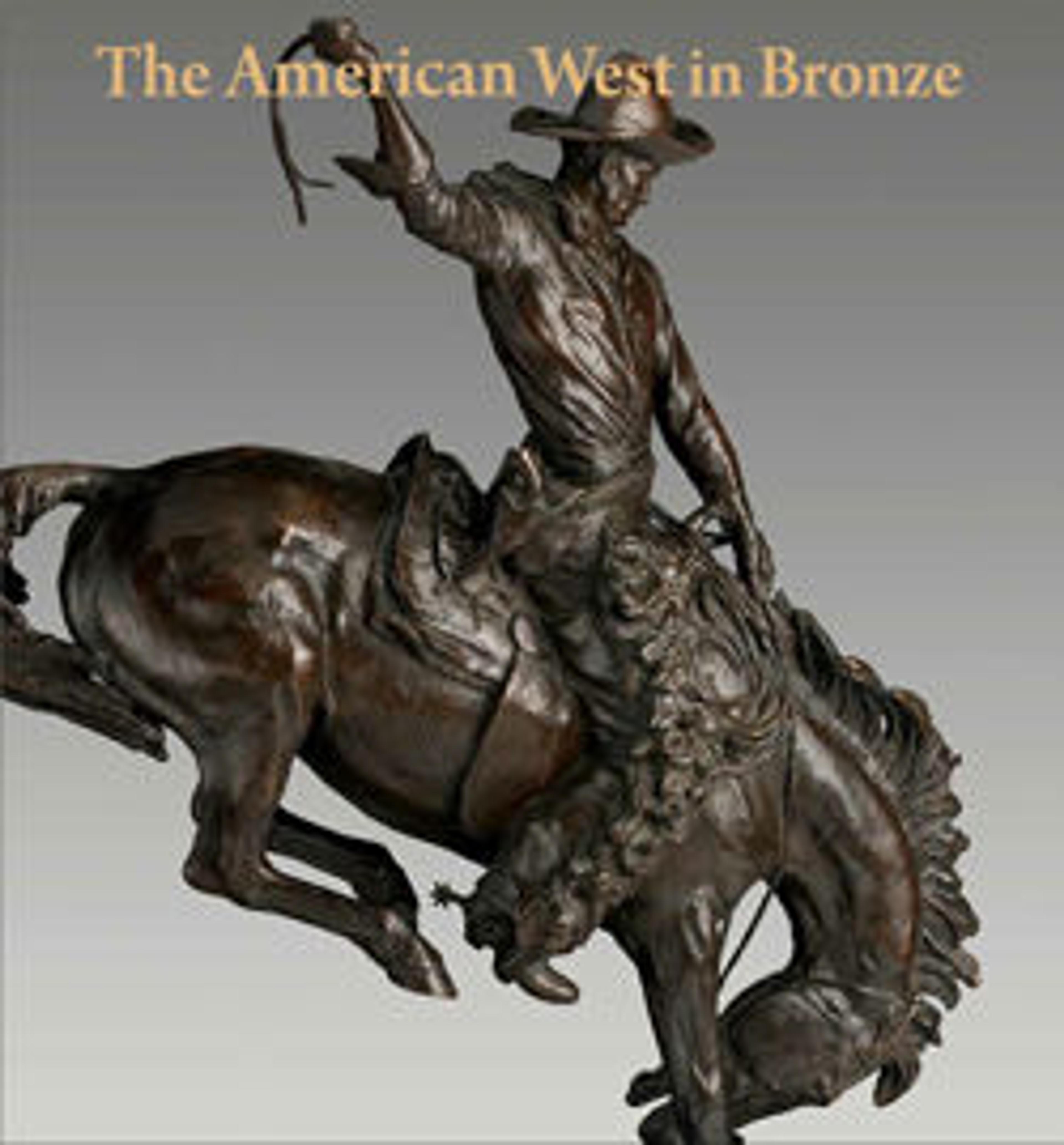The Last Arrow
The "Last Arrow" was created in Rome, where expatriate American sculptors were drawn by the ready availability of statuary marble and access to skilled craftsmen. Most of Rogers’s sculptures were marble, but he occasionally worked in bronze. "The Last Arrow" is a hybrid of sorts: a Neoclassical approach to form is exemplified by the lower figure, whose pose is reminiscent of that of the "Dying Gaul" (Roman copy after Greek original, ca. 230–220 b.c.), yet Rogers’s cosmopolitan patrons could easily identify the subject as American. "The Last Arrow" offers a twist on the Native American combat subject—here the arrow-induced gash on the chest of the fallen warrior suggests that it was the result of intertribal warfare. The man on horseback, positioned to release his final arrow, is a metaphor for bravery and resistance, regardless of foe.
Artwork Details
- Title: The Last Arrow
- Artist: Randolph Rogers (American, Waterloo, New York 1825–1892 Rome)
- Founder: Cast by Fonderia Nelli
- Date: 1879–80, cast 1880
- Culture: American
- Medium: Bronze
- Dimensions: 44 x 34 1/2 x 16 in. (111.8 x 87.6 x 40.6 cm)
- Credit Line: Bequest of Henry H. Cook, 1905
- Object Number: 05.13.1
- Curatorial Department: The American Wing
More Artwork
Research Resources
The Met provides unparalleled resources for research and welcomes an international community of students and scholars. The Met's Open Access API is where creators and researchers can connect to the The Met collection. Open Access data and public domain images are available for unrestricted commercial and noncommercial use without permission or fee.
To request images under copyright and other restrictions, please use this Image Request form.
Feedback
We continue to research and examine historical and cultural context for objects in The Met collection. If you have comments or questions about this object record, please contact us using the form below. The Museum looks forward to receiving your comments.
